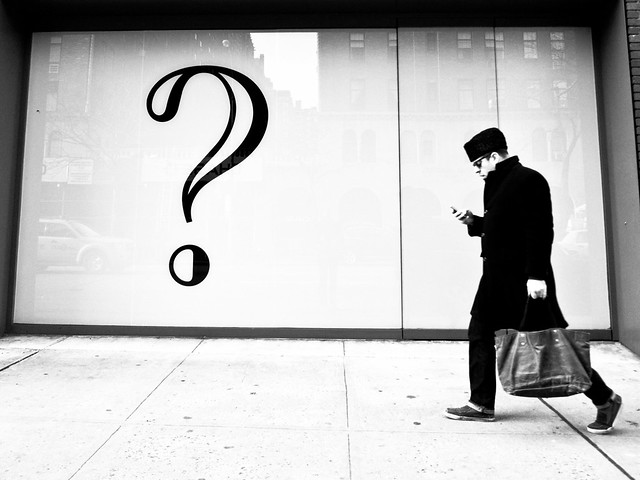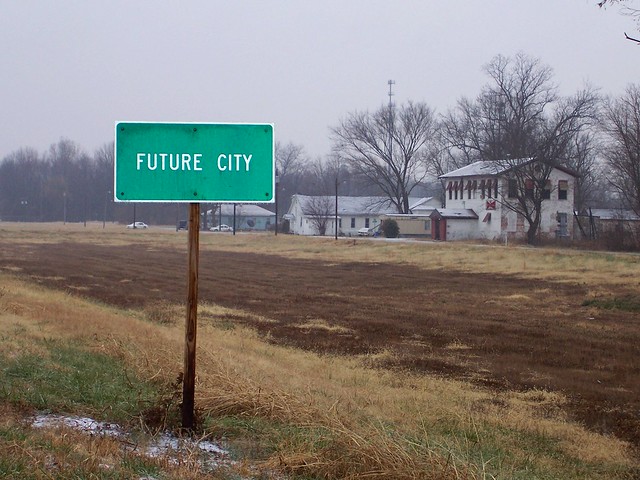Apostola, A. (2014). The Evolution of the Curator | Design Online. [online] Designonline.org.au. Available at: http://designonline.org.au/content/the-evolution-of-the-curator/ [Accessed 24 Oct. 2014].
Benkler, Y. (2006). The wealth of networks. New Haven: Yale University Press.
Bourdieu, P. (1986). ‘The forms of capital’. In J. Richardson (Ed.) Handbook of Theory and Research for the Sociology of Education. New York: Greenwood.
Landow, G. (2006). Hypertext 3.0. Baltimore: Johns Hopkins University Press.
Lasswell, H. and Kaplan, A. (1950). Power and society. New Haven: Yale University Press.
Lessig, L. (2004). Free culture. New York: Penguin Press.
Nelson, T. (1992). Literary Machines 91.1: The Report On, and Of, Project Xanadu Concerning Word Processing, Electronic Publishing, Hypertext, Thinkertoys, Tomorrow’s Intellectual Revolution, And Certain Other Topics Including Knowledge, Education and Freedom. Sausalito: Mindful Press.
Watts, D. (2003). Six degrees. New York: Norton.
The original essay can be found here.



